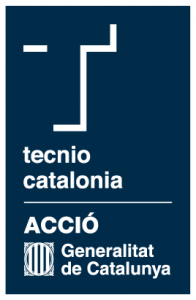Publication
Recovering and classifying upper limb impairment trajectories after stroke
Conference Article
Conference
IEEE International Conference on Image Processing (ICIP)
Edition
2025
Pages
1630-1635
Doc link
http://dx.doi.org/10.1109/ICIP55913.2025.11084561
File
Abstract
Upper limb impairment is a loss of motor function after a stroke, leading to difficulties in performing daily tasks. With a low remission rate six months after stroke, monitoring during this critical period is essential. Telemonitoring with inertial sensors has become a common approach that requires the identification and recognition of specific movements. However, data quality in clinical databases is a challenge, making data augmentation necessary. In this work, we propose a novel method that can learn a trajectory subspace from partial 3D signals in an unsupervised manner. Our method is simple yet effective, producing novel human-feasible motions compatible with the estimated trajectory subspace. To this end, three approaches are introduced from global to local models that can capture a wide variety of human motions. Our method outperforms the results in the state of the art in both control and patient subjects.
Categories
computer vision, optimisation.
Author keywords
Trajectory subspace, Signal completion, Low-rank models, Upper limb impairment.
Scientific reference
M. Méndez, A. Fornés and A. Agudo. Recovering and classifying upper limb impairment trajectories after stroke, 2025 IEEE International Conference on Image Processing, 2025, Anchorage (AK, USA), pp. 1630-1635.




Follow us!